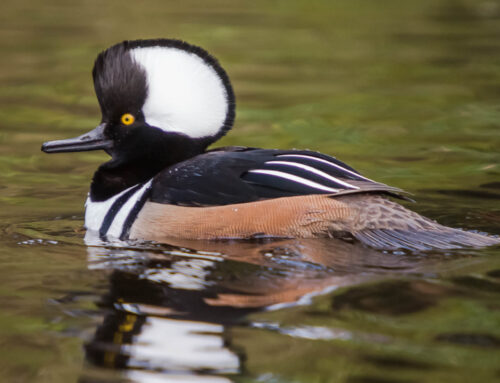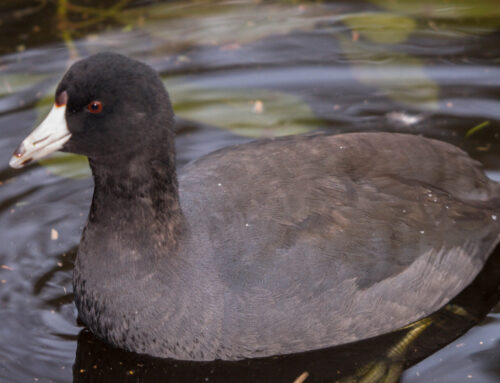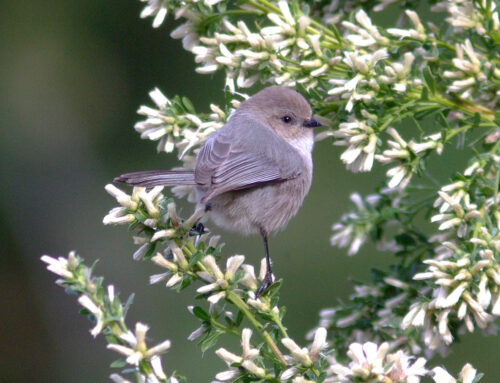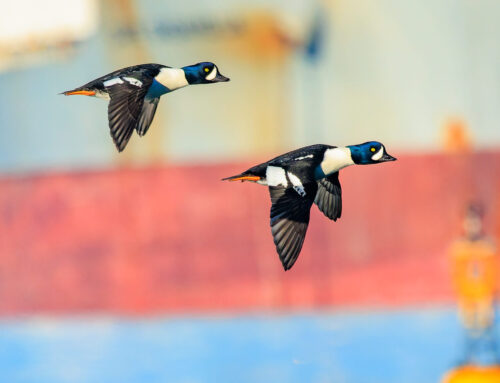Common Name
House Finch
Species Name
Haemorhous mexicanus

Public Domain Work

Appearance
13-14 cm length | 20-25 cm wingspan | 16-27 g weight
Adult males have rosy red around the face an upper breast, with streaky brownish black, belly and tail. In flight the males have an identifiable red rump. Adult females are plain grayish brown with thick, blurry brown streaks and an indistinctly marked face.
House Finches, particularly males, can look different from region to region based on diet. Variations mainly affect the coloration of the face and upper breast which can range from rosey red to orangey yellow.
Habitat / Behaviour
Herbivore | towns and cities | Lives 5 – 10 years
House finches like to reside close to human settled habitats, such as city parks, urban centers, residential backyards, farms, and forest edges. These birds are highly social and are rarely seen alone outside breeding season. They typically flock in noisy groups as large as several hundred birds and can be seen feeding on the ground and in bird feeders. At rest, they commonly perch on the highest point available in a tree or on power lines. In their native range, Western United States and Mexico, they are seen in natural habitats including dry desert, desert grassland, chaparral, oak savannah, streamside, and low elevation open coniferous forests.
These birds feed on plant materials including seeds, buds, and fruit. At feeders they prefer black oil sunflower seeds, and sometimes sugar water, over other common feeder food.
Breeding
Monogamous | tree nester| 2-6 pale blue to white and dark speckled eggs | 1-6 broods per year
Nests are a small cup made of fine stems, leaves, rootlets, thin twigs, string, wool, and feathers, with similar, but finer materials lining the interior. The nest can be 7.5 to 18 cm wide and 2.5 to 7.5 cm deep. In nature, the bird will nest in a variety of deciduous and coniferous trees as well as on cactus and rock ledges. In cities and town the House Finches can be seen nesting in or on buildings, using sites like vents, ledges, streetlamps, ivy, and planters. Occasionally they will use the abandoned nests of other birds.






